Aseptic Cleaning, Cleaning & Disinfection, Knowledge Base
General Cleanroom Cleaning Procedure Checklist
Cleanroom cleaning tasks should only be performed by trained personnel and using only cleanroom-certified or cleanroom-approved supplies and solutions. With the cleaning team ready to enter, here is a suggested cleanroom cleaning process:
Review Procedures and Protocols: Familiarize yourself with the cleanroom’s cleaning protocols and procedures, as these may vary depending on the class of cleanroom and your facility’s specific requirements. It will be a necessity if the team is relatively new to the process and the cleanroom.
Required Supplies: Before starting, gather all necessary cleaning supplies. This could include:
– Cleanroom-grade cleaning agents and disinfectants
– Disposable wipes such as microfiber cloths
– Disposable swabs
– Disposable mop heads
– Buckets and wringers (cleanroom-grade stainless steel if possible)
– Cleanroom-compatible vacuum cleaners with HEPA filters
Gowning or Donning: Wear appropriate cleanroom attire, including a gown, gloves, glove liners, mask, and shoe covers. Your PPE should match the grade of the cleanroom environment. Ensure that you and your attire are free of contaminants that can be carried into the cleanroom.
Start Cleaning:
- Remove Debris: Start by removing any visible debris or items from the cleanroom, including tools, equipment, and waste materials.
- Dusting: Use a cleanroom-compatible vacuum cleaner to remove dust and particulates from surfaces. Begin at the highest point, such as ceiling fixtures, and work your way down to avoid redistributing dust.
- Clean Surfaces: Using a cleanroom-approved cleaner or disinfectant, wipe down all surfaces, including walls, floors, countertops, and equipment. Use a clean microfiber cloth or disposable wipe to ensure thorough cleaning and follow the manufacturer’s instructions regarding contact time for effective disinfection. Residue removal with a presaturated IPA wipe may be required.
Cleaning Equipment and Tools:
- Disassemble Equipment: If applicable, disassemble equipment to clean each component thoroughly, following manufacturer guidelines for cleaning and reassembly.
- Clean and Disinfect: Wipe down all equipment and tools with a chemical cleaner or disinfectant, paying special attention to areas that come into direct contact with products or materials.
- Reassemble Equipment: Reassemble any disassembled equipment and ensure it functions correctly. Inspect all tools and equipment to confirm they are clean and ready for use.
Cleaning the Floors:
- Dry mopping: Start by mopping with a dry cloth to pick up loose dust and particles. Ensure that the mop head is clean and free of contaminants.
- Wet mopping: Prepare a cleaning solution according to the cleanroom’s specifications. Use a clean mop and bucket to apply the cleaning solution to the floor, starting from the farthest corner of the room and working toward the exit to avoid walking over freshly cleaned areas.
- Rinsing and Drying: If required, rinse the floor with a clean, fresh solution to remove any residue. Allow the floor to dry completely before allowing personnel back into the cleanroom.
Inspection:
- Inspect the Cleanroom: Conduct a final inspection to ensure that all areas have been cleaned to the required standard. Check for any missed spots or residues.
- Documentation: Record the cleaning activities, including the date, time, personnel involved, and any issues encountered. This documentation is crucial for maintaining compliance and for future reference.
- Replenish Supplies: Check and restock any cleaning supplies used during the process. Ensure that all supplies are stored cleanly and organized. Check dates and remove any products that are expired, or the packaging has been compromised.
- Settling Time: If your cleanroom requires settling time before use, allow the appropriate period for the environment to stabilize. This ensures that any remaining particulates or residues are minimized.
Maintenance:
- Schedule: Create a cleaning schedule based on the cleanroom’s usage and contamination risk. Regular maintenance is essential for keeping the cleanroom in optimal condition and performing at its peak.
- Inventory: Keep track of your cleanroom supplies and their usage levels to avoid overordering, reduce waste, and ensure proper stock levels.
- Training: Ensure that all personnel involved in cleaning receive ongoing training and updates on the latest cleaning protocols and best practices.
- Auditing: Conduct periodic audits to assess the effectiveness of the cleaning procedures and adjust as necessary.

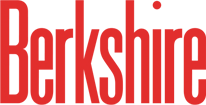
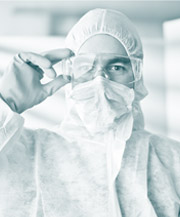

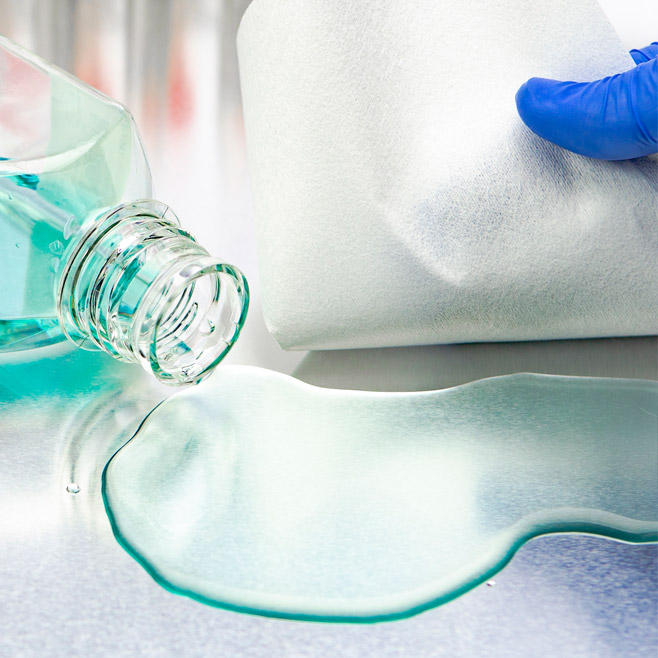
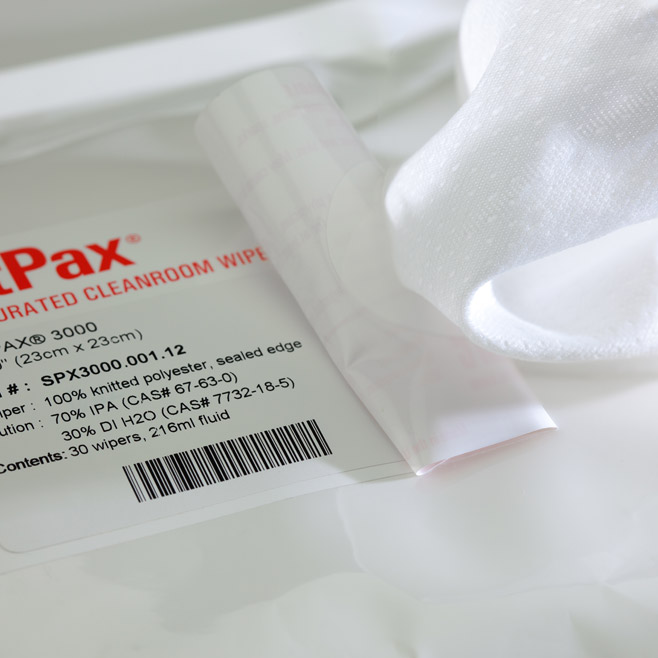
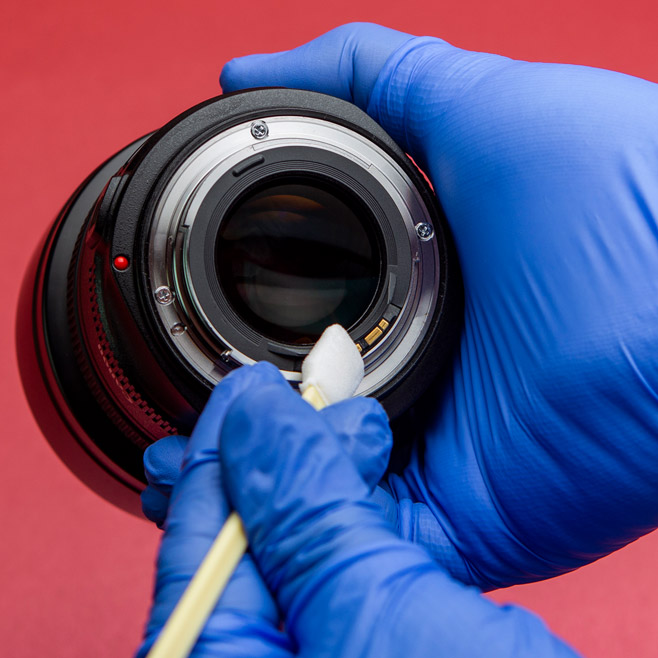
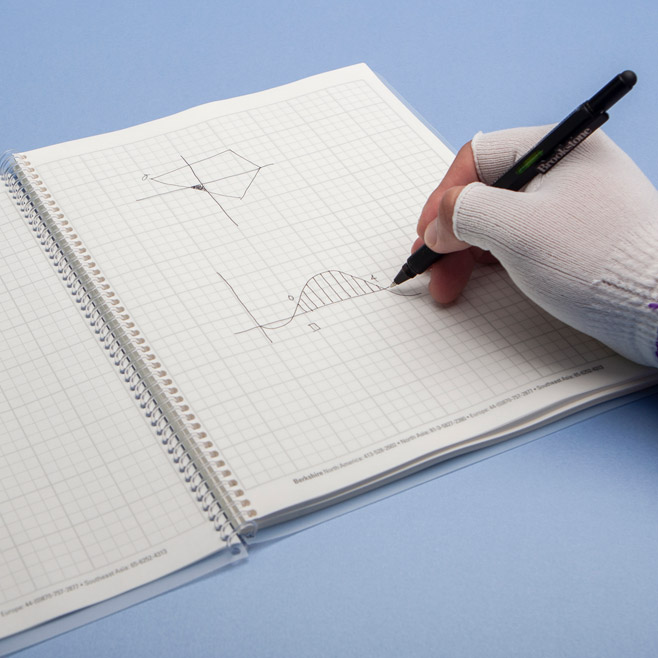

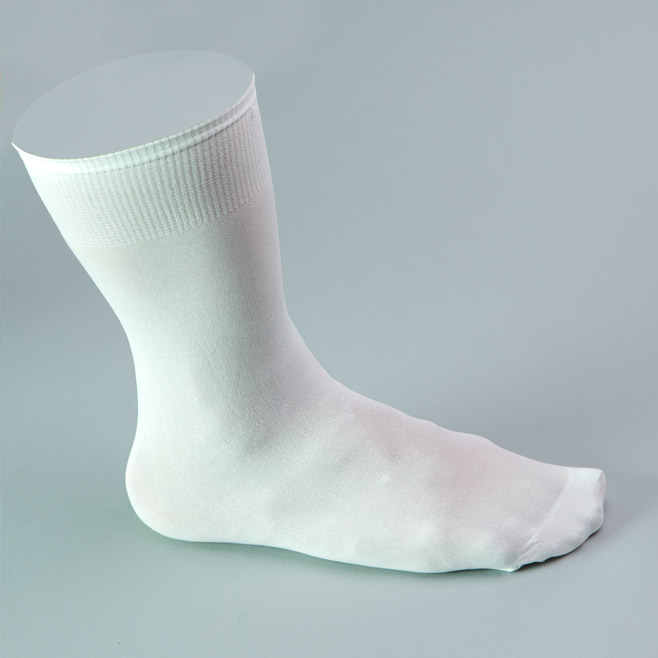
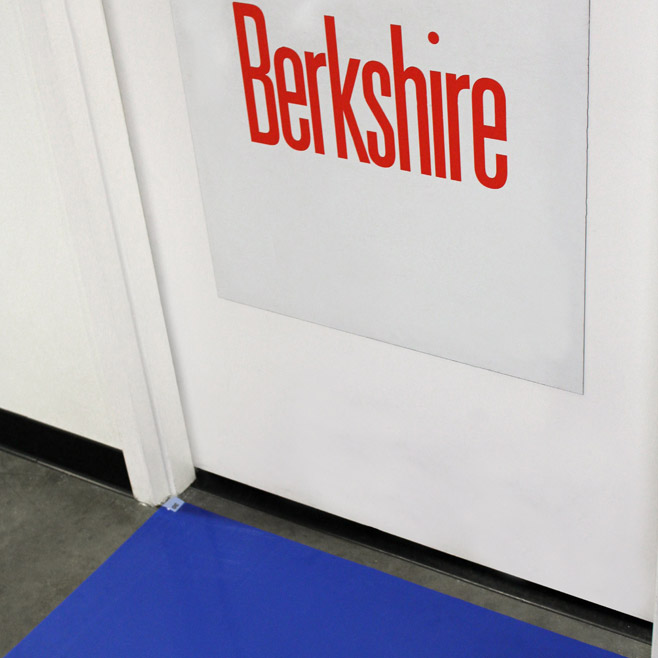
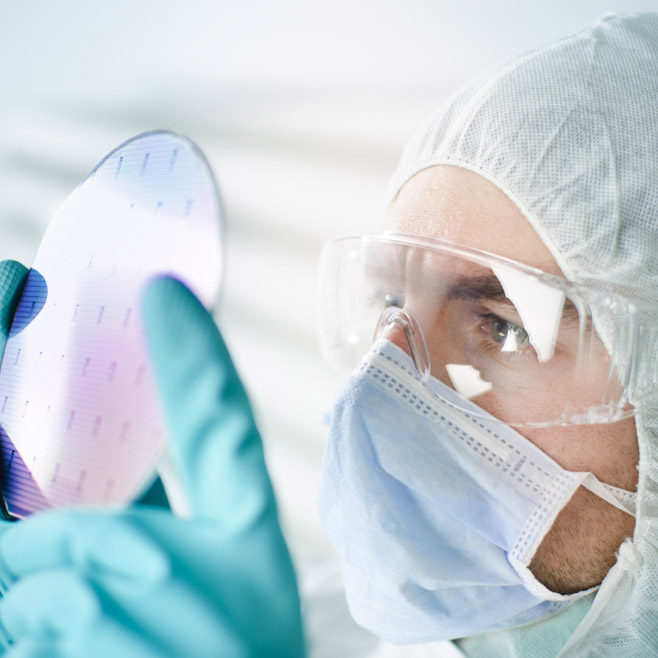
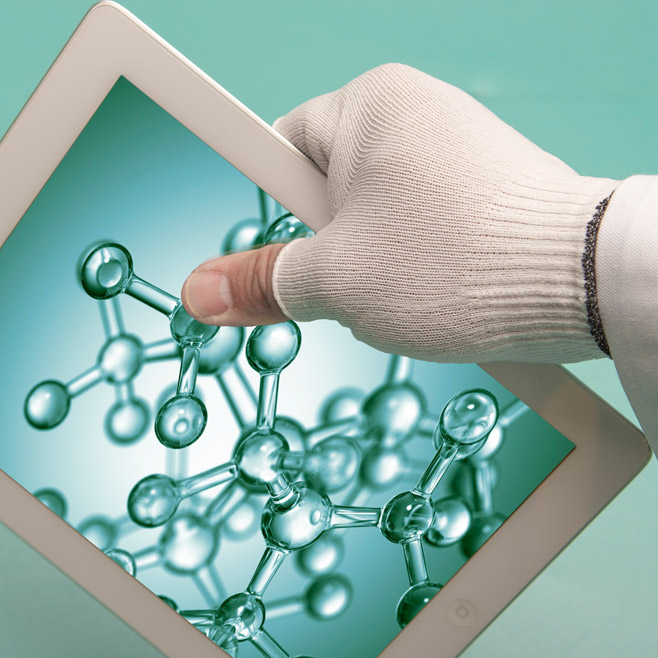
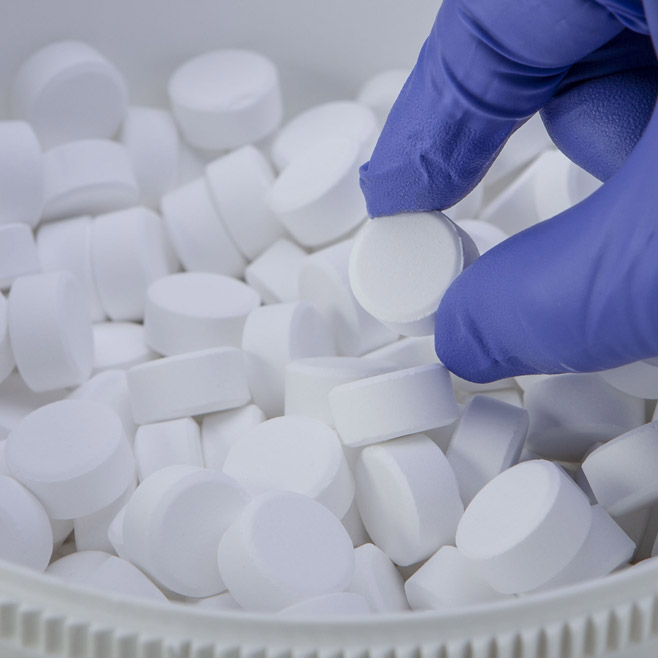
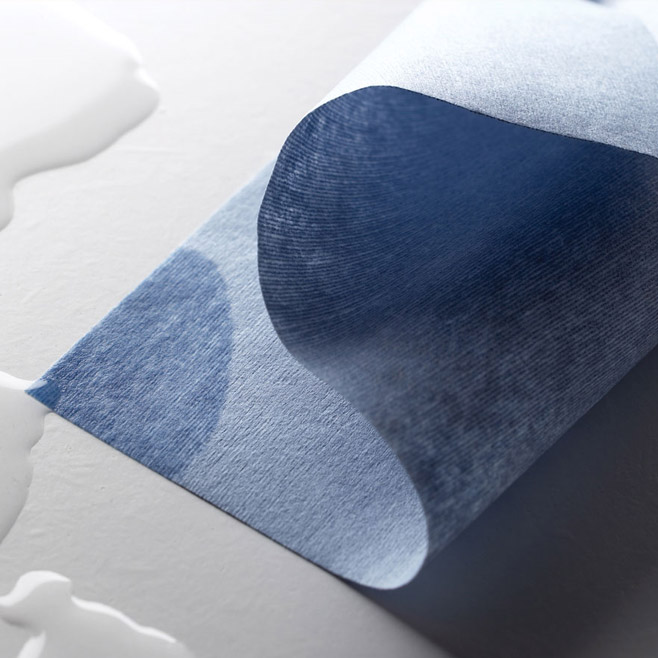
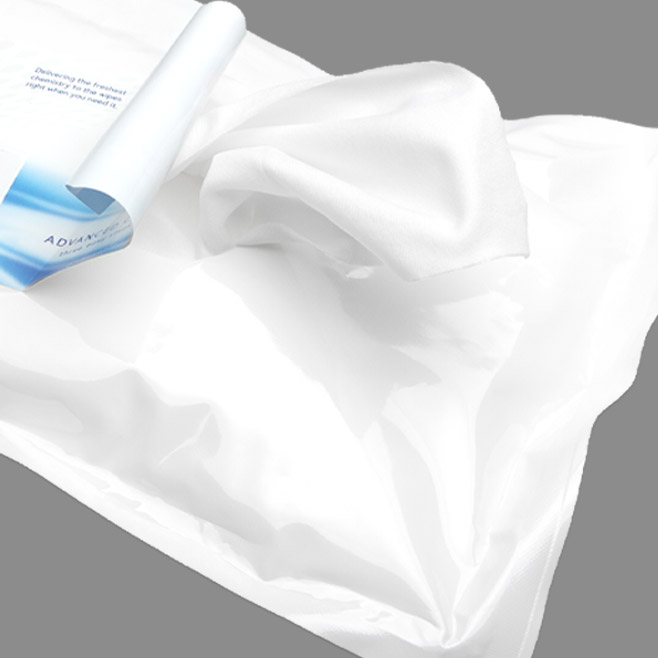
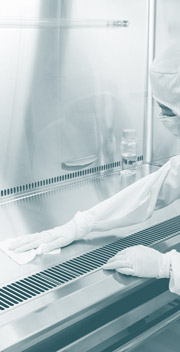

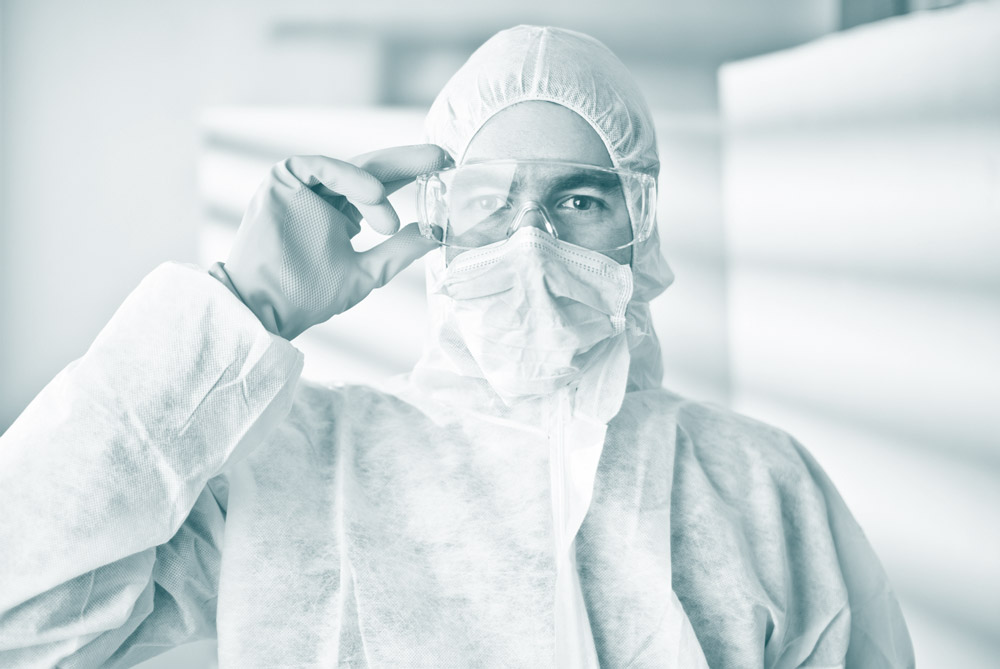


HAVE AN IDEA FOR CONTENT?
We are always looking for ideas and topics to write about.
Contact Us